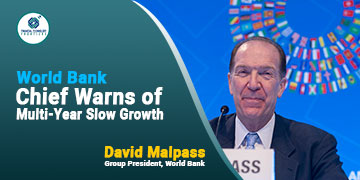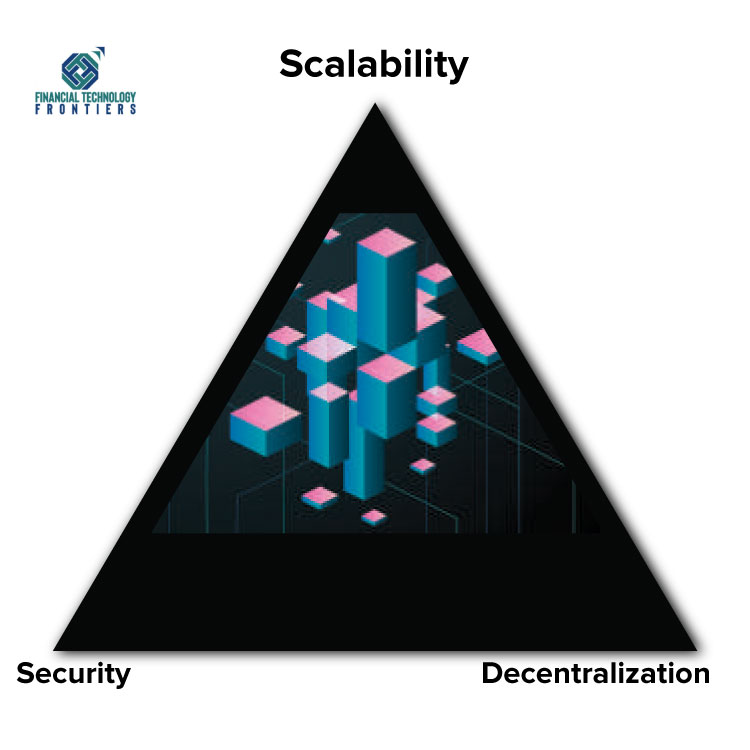
Continued stagflation could lead to a global recession in 2023 and a multi-year period of slow growth, according to World Bank Group President David Malpass.
During his opening remarks at the launch of the International Debt Report 2022, the World Bank Group President said, “We identified the stagflation risk early in the year. The deterioration is continuing. This brings three risks: a global recession in 2023; a multi-year period of slow growth; and widespread asset repricing as higher interest rates are applied, and hedges run out. Many of the impacts will be delayed even into 2024 and 2025 including debt restructurings.”
Interest rates were very low for a long period allowing a huge use of capital by fully-funded governments and business sectors. This misallocation of global capital undercuts growth and productivity and will take time to repair. For now, many previously announced spending and construction plans are still being executed – so the full impact of higher interest rates and energy prices will hit new investments after a delay. This has consequences for financial distress spanning governments, housing, businesses, and pensions, Malpass added.
He observed that energy prices are a major factor, with shortages of fertilizer and food hitting people in the poorest countries particularly hard. Under current policies, energy supply increases may take years, prolonging the stagflation risk. The negative impact depends heavily on energy production and storage decisions, especially by the biggest economies; and on the continuation of Russia’s war in Ukraine.
The combination of extremely high government debt levels and rising interest rates will cause heavy absorption of global capital by advanced governments for a prolonged period. Since capital markets are forward-looking, the negative impact of this drain on global capital depends on debt limits, meaning the size of prospective government spending and the decision-making process behind it.
For developing countries, this is a grim outlook, both in the near term and the medium term, the World Bank Chief noted. “I call it a crisis facing development. Access to electricity, fertilizer, food and capital is likely to remain limited for a prolonged period. Under-investment in businesses is blocking future growth,” he added.
The World Bank’s latest debt statistics report released last month makes it clear that a debt crisis in the world’s poorest countries is intensifying.
The total external debt of low- and middle-income countries doubled over the last decade, reaching $9 trillion at the end of 2021. For the IDA-eligible countries, the poorest, debt reached $1 trillion, nearly tripling since 2010. Their debt service payments on external public and publicly guaranteed debt are expected to surge 35% in 2022, to $62B up from $46 billion in 2021. This will exhaust scarce fiscal resources needed for electricity, water, nutrition, health, education, and climate action. Over 40 IDA-eligible low-income countries are at high risk of debt distress or are already in it. Debt crises are also spreading to middle-income countries.
The composition of debt has changed dramatically too, making much-needed debt restructurings harder.




